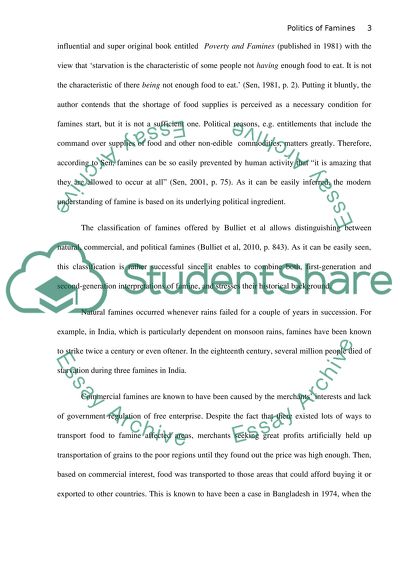Cite this document
(“The Anthropology of Food: Consuming Passions Research Paper”, n.d.)
Retrieved from https://studentshare.org/anthropology/1435912-the-anthropology-of-food-consuming-passions
Retrieved from https://studentshare.org/anthropology/1435912-the-anthropology-of-food-consuming-passions
(The Anthropology of Food: Consuming Passions Research Paper)
https://studentshare.org/anthropology/1435912-the-anthropology-of-food-consuming-passions.
https://studentshare.org/anthropology/1435912-the-anthropology-of-food-consuming-passions.
“The Anthropology of Food: Consuming Passions Research Paper”, n.d. https://studentshare.org/anthropology/1435912-the-anthropology-of-food-consuming-passions.


